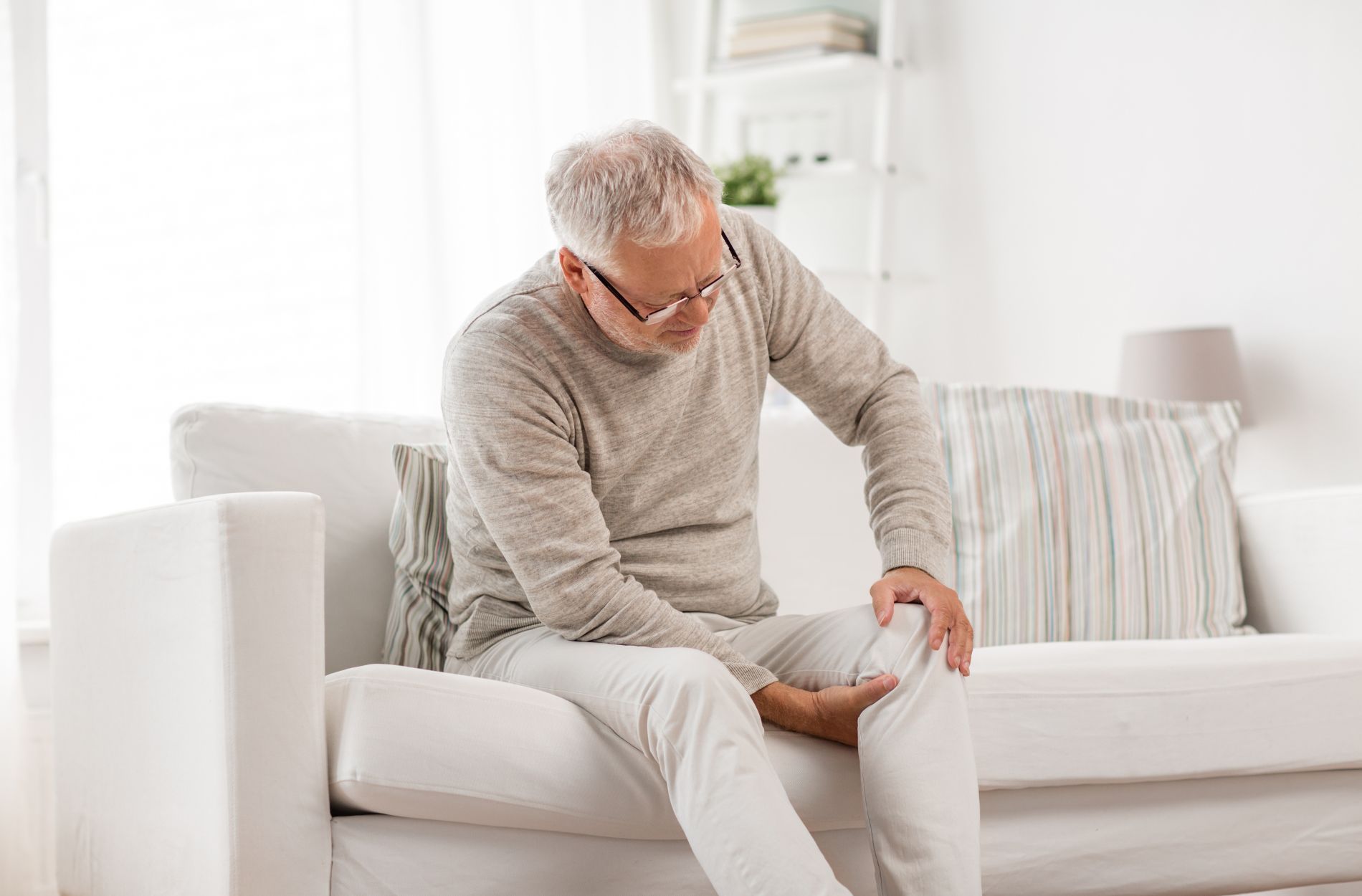Easing Pain from Complex Regional Pain Syndrome
Complex Regional Pain Syndrome (CRPS) is a persistent condition that causes severe pain, usually in the arms or legs, following an injury. This debilitating disorder can have a profound effect on daily activities, making simple tasks challenging and leading to significant emotional stress. It's essential to understand CRPS and explore ways to manage its intense and often unpredictable symptoms.
CRPS typically manifests in two types: Type I follows an illness or injury that didn't directly damage the nerves, while Type II stems from an injury causing distinct nerve damage. The exact cause isn't fully understood, but it often develops after surgery, fracture, or tissue injury. Recognizing the signs early and understanding potential triggers can make a significant difference in managing the condition effectively.
Living with CRPS can be overwhelming, but there are ways to alleviate its impact. By exploring both conventional and alternative treatment approaches, individuals can find meaningful relief. Learning about various strategies to ease pain and enhance mobility is key to improving the quality of life for those affected by this complex condition.
Understanding Complex Regional Pain Syndrome
Complex Regional Pain Syndrome (CRPS) is a condition where individuals experience long-lasting pain in certain parts of their bodies, usually in an arm or leg. CRPS is categorized into two types: Type I and Type II. Type I, formerly known as reflex sympathetic dystrophy syndrome, occurs without direct nerve damage. In contrast, Type II, previously called causalgia, follows a distinct nerve injury. Both types can lead to severe and prolonged pain.
The exact causes of CRPS are not fully understood, but it often begins after an injury, surgery, stroke, or heart attack. Sometimes, even minor injuries, like sprains or fractures, can trigger the syndrome. Areas most commonly affected include the legs and arms, where nerve pathways may become overly sensitive. This sensitivity causes the body to react with pain even when there is no apparent physical danger.
Living with CRPS can be incredibly challenging. The condition greatly affects daily activities and mental well-being. People often find simple tasks such as dressing or cooking difficult. The constant pain and physical limitations can lead to anxiety and depression, making it crucial to approach CRPS with comprehensive management strategies.
Recognizing Symptoms and Triggers
Identifying the symptoms of CRPS early can help in managing the condition more effectively. Common symptoms include:
- Intense burning or throbbing pain in the affected limb
- Swelling and changes in skin temperature or color
- Muscle weakness and joint stiffness
In addition to physical symptoms, CRPS can lead to increased sensitivity to touch or slight movement. Understanding potential triggers for flare-ups is important. Triggers might include stress, temperature changes, or even emotional factors.
Early detection plays a key role in symptom management. Recognizing the signs quickly allows for timely intervention, which may reduce the disease's progression and improve outcomes. If you suspect CRPS, consulting with healthcare specialists can help verify the diagnosis and develop an appropriate treatment plan. Being aware of your body's responses and what exacerbates your symptoms puts you in a better position to manage the condition effectively.
Non-Pharmacological Pain Relief Techniques
Managing CRPS effectively involves exploring various non-drug methods that can help reduce pain and improve quality of life. Physical and occupational therapy play a significant role in this approach. These therapies involve exercises designed to improve movement and strength, helping to maintain the function of the affected limb. Therapists guide patients through personalized routines that gradually build tolerance and flexibility.
Reducing stress and making lifestyle changes are also vital for easing CRPS symptoms. Relaxation techniques such as deep breathing, meditation, and yoga can lower stress levels, which otherwise could worsen pain. A calm mind helps in coping with the chronic discomfort linked to CRPS.
Desensitization techniques and mirror therapy are additional methods used in managing CRPS. Desensitization involves exposing the skin to different textures and sensations slowly, reducing hypersensitivity over time. Mirror therapy uses a mirror to simulate the movement of the affected limb, retraining the brain to perceive less pain. Such innovative approaches empower patients to manage their symptoms actively.
Medical and Interventional Treatments
For those who require additional assistance, medical and interventional treatments offer promising solutions for CRPS. Medication management is often necessary to control pain and inflammation. Common medications include nonsteroidal anti-inflammatory drugs (NSAIDs), corticosteroids, and anticonvulsants. A dedicated management plan can be tailored by healthcare professionals to suit individual needs.
Interventional procedures provide more direct pain relief options. Nerve blocks, for example, involve injecting an anesthetic near specific nerves to relieve pain. Spinal cord stimulation is another technique, where a device is implanted to send electrical pulses to the spinal cord, altering pain signals. These procedures can substantially improve the lives of those with severe CRPS symptoms.
Researchers are continually looking into new treatments to enhance pain relief in CRPS cases. Developing therapies and advances in regenerative medicine hold the promise of further alleviating discomfort. Staying informed about such developments enables patients to access cutting-edge solutions that could make a real difference in their treatment and recovery journey.
Conclusion
Dealing with Complex Regional Pain Syndrome can feel overwhelming, but understanding and exploring various treatment options can bring relief. CRPS requires a tailored approach, considering both non-pharmacological and medical interventions to address the different aspects of this complex condition. With the right care and management strategies, individuals can significantly improve their quality of life.
While CRPS presents many challenges, staying informed and proactive plays a vital role in managing its effects. Regular consultation with pain specialists and keeping abreast of emerging treatments can enhance outcomes. Support from medical professionals, coupled with personal determination, empowers those affected to lead fulfilling lives despite the condition.
If you are struggling with Complex Regional Pain Syndrome, Apollo Spine and Pain Center is here to help. Our team offers personalized
pain management plans to ease CRPS symptoms effectively. Reach out today to learn how we can support you on your journey to relief and regain control of your life.












